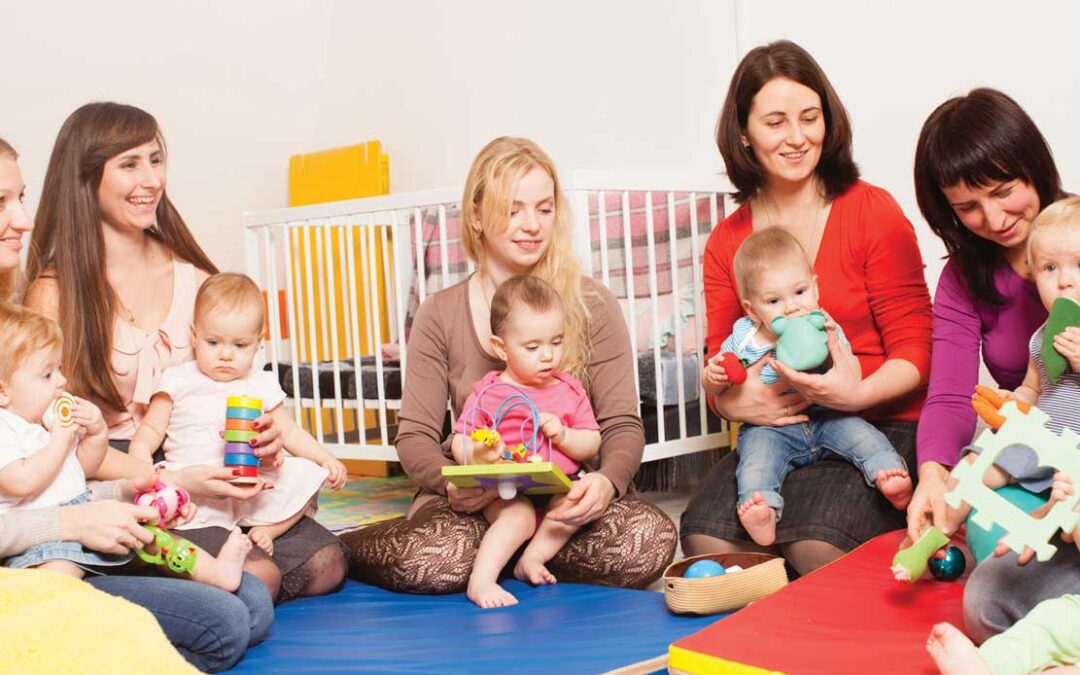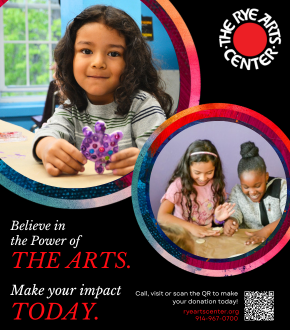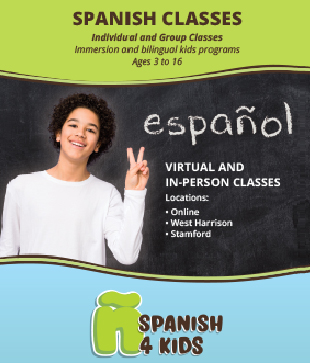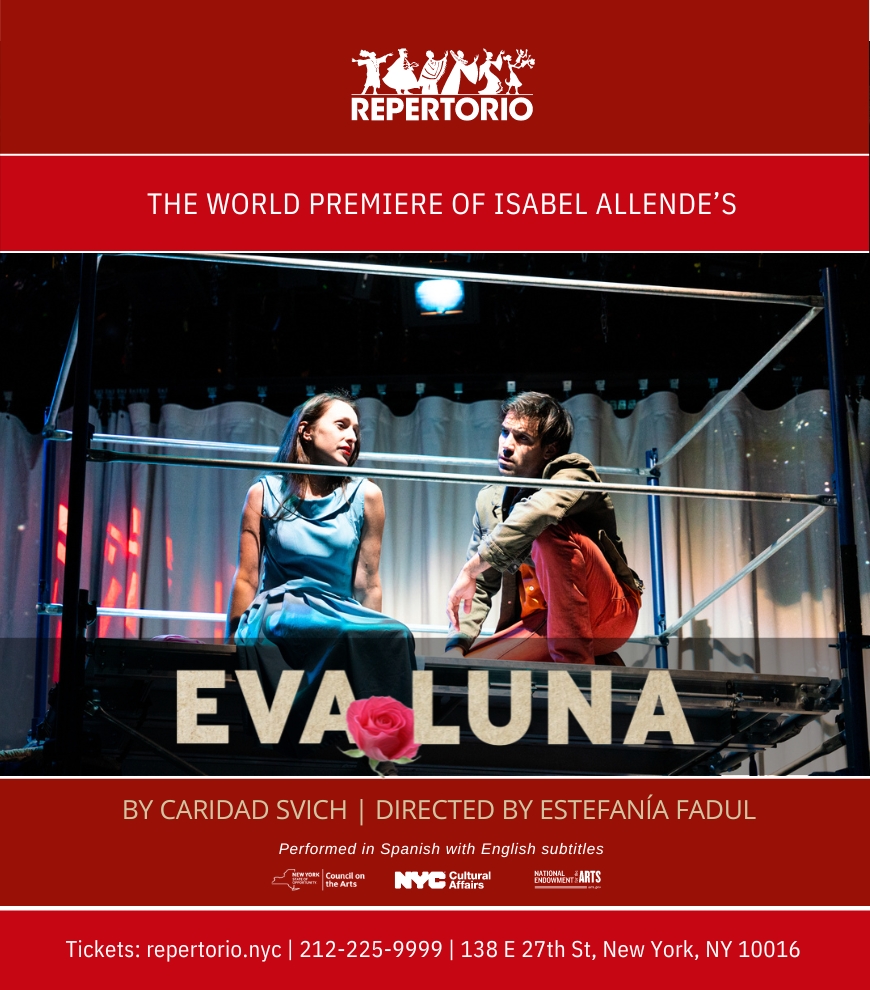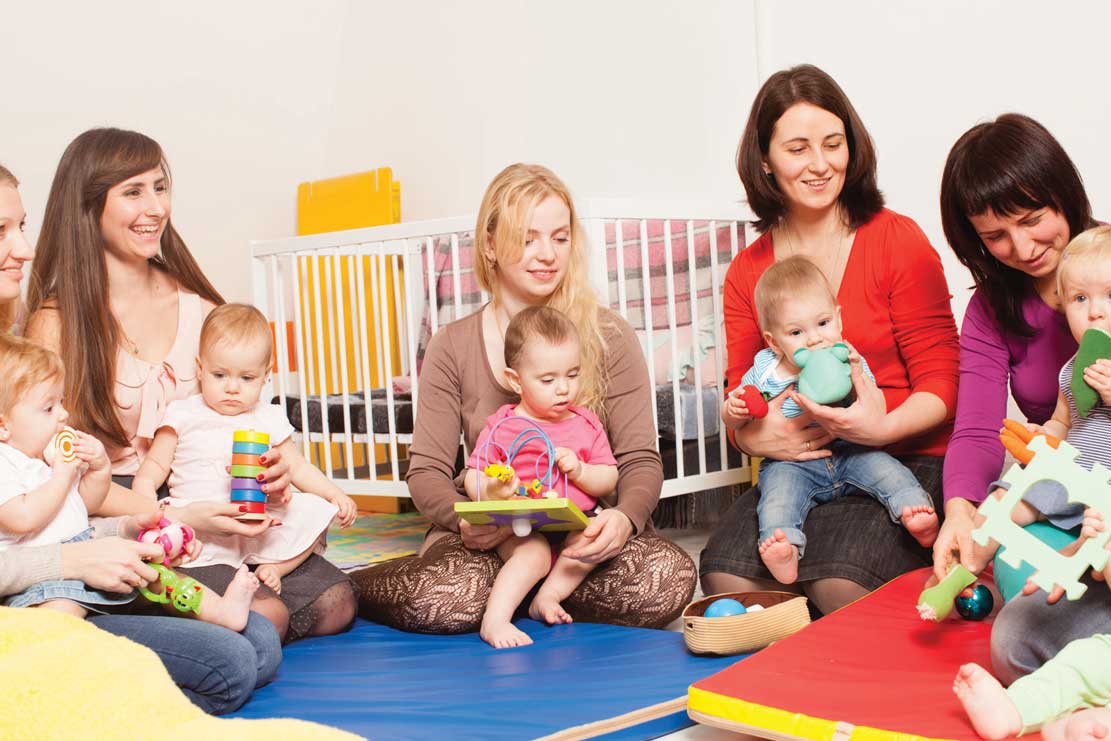
Plan your “Spanish Playgroup” in 4 steps
We often hear about the benefits that children have when they are bilingual. That is why it is so important to introduce spanish in childhood. A fun and educational way to accomplish this is to create your own “Spanish Playgroup.” Here are some steps to make it a success!
1 Who?
Look for parents in your area who are interested in the idea and have children around the same age. Agree on a day of the week and time that suits you. Between 3 to 5 families is a good size group to start.
2 Where?
Families can rotate hosting the group each week. The hostess is in charge of the activities and the snack.
3 Vocabulary?
You can start with the basics: the alphabet, numbers, colors and body parts. As children learn they can include more topics and vocabulary.
4 Structure?
First, start with songs, books, body movement and group games because it is a good way to interest little ones and demostrate the desired vocabulary. This is the perfect opportunity to ask questions and evaluate what they are learning.
Second, think about creating an art project that incorporates what was learned in the first part. It will help promote creativity and the child’s fine motor skills while practicing and learning Spanish.
Finally, have kids eat a snack to recharge.
Choose a list of songs and activities that are repeated every week, as this repetition will help the child learn and remember. You will be creating a community where your child is comfortable and able to observe other bilingual children and families.
It is not difficult to organize your playgroup, but it takes a little organization among the participants. Have fun!
Organiza tu “Spanish Playgroup” en 4 pasos
A menudo escuchamos los beneficios que tienen los niños al ser bilingües, es por eso que es importante que desde pequeños fomentemos el español en ellos. Una manera divertida y educativa es creando tu propio “Spanish Playgroup”. ¡Aquí los pasos para que sea todo un éxito!
1 ¿Quiénes?
Busca padres en tu área que les interese la idea y que tengan niños alrededor de la misma edad. Pónganse de acuerdo en un día de la semana y hora que les sea conveniente. Entre 3 a 5 familias es un buen grupo para comenzar.
2 ¿Dónde?
Las familias pueden rotar de casa cada semana. La anfitriona está encargada de las actividades y la merienda.
3 ¿Vocabulario?
Pueden empezar con lo más básico, el abecedario, números, colores y partes del cuerpo. A medida que los niños aprenden pueden incluir más temas y vocabulario.
4 ¿Estructura?
Primero, comenzar con canciones, libros, movimiento corporal y juegos grupales ya que es una buena forma de atraer a los pequeños e incluir el vocabulario deseado. Esta es la oportunidad perfecta para hacer preguntas y evaluar lo que están aprendiendo.
Segundo, pensar en crear un proyecto de arte que incorpore lo aprendido en la primera parte, ayudará a promover la creatividad y la psicomotrocidad fina del niño mientras practica y aprende su español.
Finalmente, una merienda para recargar energías.
Elijan una lista de canciones y actividades que se repitan todas las semanas, ya que dicha repetición ayudará al niño a aprender y recordar. Por otro lado estarás creando una comunidad en donde tu peque se sienta cómodo y observe otros niños y familias bilingües.
No es difícil organizar tu grupo de juegos, pero si toma un poco de organización entre los participantes. ¡Diviértanse!

